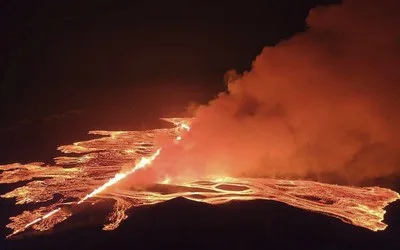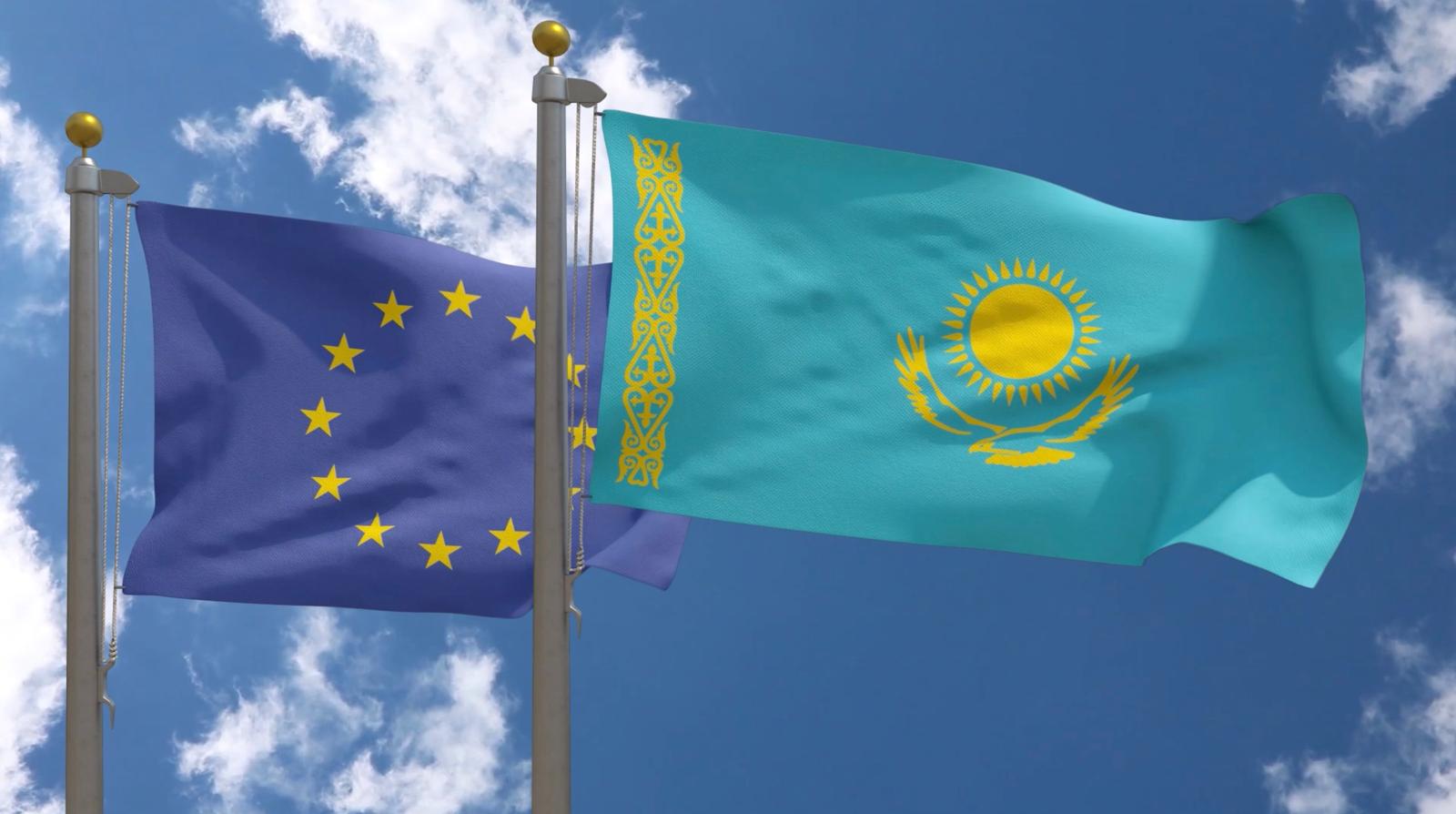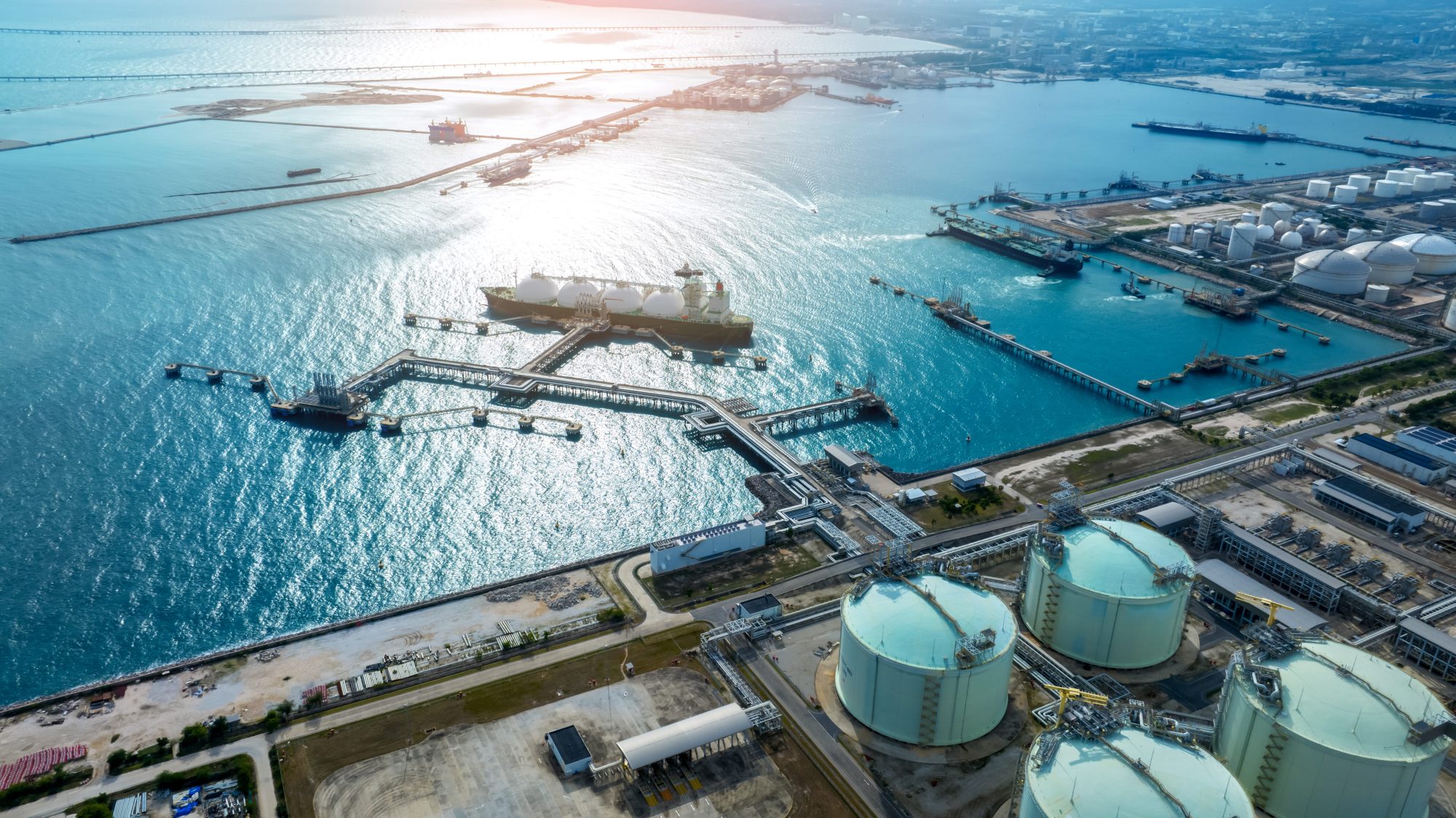Reykjavík, March 17, 2024, The Europe Today: A volcano in Iceland unleashed its fury once again on Saturday evening, marking the fourth eruption in just three months, as bright orange streams of lava illuminated the night sky.
According to Iceland’s Meteorological Office, the eruption formed a fissure spanning approximately 3 kilometers (almost 2 miles) between Stóra-Skógfell and Hagafell mountains on the Reykjanes Peninsula.
Authorities had been closely monitoring the situation for weeks, observing signs of accumulating magma beneath the surface that hinted at an impending eruption.
The eruption prompted the evacuation of hundreds of individuals from the Blue Lagoon thermal spa, one of Iceland’s premier tourist attractions, reported national broadcaster RUV. Fortunately, nearby Keflavik, Iceland’s main airport, reported no flight disruptions.
The eruption site lies a few kilometers northeast of Grindavik, a coastal town of 3,800 people located approximately 50 kilometers (30 miles) southwest of Iceland’s capital, Reykjavik. Grindavik had been evacuated prior to the initial eruption in December.
Several residents who had returned to their homes were evacuated once more on Saturday, underscoring the unpredictable nature of volcanic activity. Grindavik had faced evacuations in November when the Svartsengi volcanic system stirred after nearly 800 years, causing earthquakes and large cracks in the ground north of the town.
The volcano eventually erupted on December 18, with subsequent eruptions in January and February, each lasting only a matter of days.
Situated between the Eurasian and North American tectonic plates, Iceland rests atop a volcanic hot spot in the North Atlantic, experiencing regular eruptions and boasting expertise in managing volcanic events.
With approximately 30 active volcanoes, Iceland has become a popular destination for volcano tourism. However, its volcanic activity isn’t without disruptions, as evidenced by the notable 2010 eruption of the Eyjafjallajokull volcano, which spewed ash into the atmosphere, causing widespread airspace closures over Europe.














